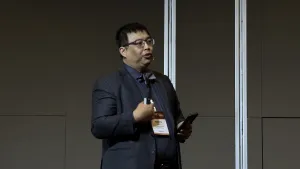
How companies can deploy AI guardrails at scale
If not implemented, companies are at risk of legal penalties and liabilities.
With the increasing adoption of generative AI (genAI), companies must use guardrails as they can identify and remove inaccurate content generated by large language models, according to McKinsey.
It can also filter out risky prompts including security vulnerabilities, hallucinations, inappropriate content, and misinformation.
McKinsey said that for companies to maximise the benefits of AI guardrails, they must work with diverse stakeholders, including legal teams, to build guardrails based on actual risks and effects.
Companies must also define metrics tailored to desired outputs based on specific business standards and build guardrail components that are reconfigurable for different genAI uses.
As genAI tools adjust outputs based on user-generated inputs, an organisation must put in place rule-based guardrails with dynamic baselines for a model’s outputs that can change based on different variables.
Moreover, companies must also use existing and emerging regulatory frameworks to create ‘goals’ for the guardrails to hit and upskill a new generation of practitioners who will be accountable for the models’ outcomes and ensure AI transparency, governance, and fairness.
McKinsey noted that if guardrails are not implemented, possible risks include attacks from malicious actors who exploit vulnerabilities to manipulate AI-generated outcomes.
Furthermore, companies are at risk of legal penalties and liabilities from the use of these tools due to increasing government scrutiny of AI.
Additionally, organisations risk a decrease in trust from customers and the broader public as AI-generated outputs can release errant content outside of the company.












